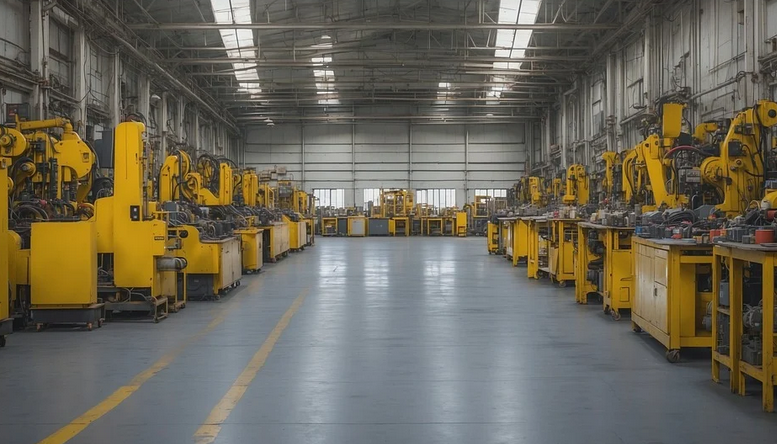What are the benefits of battery-operated welding machines?
In the world of welding, there’s a constant push for innovation and efficiency. One significant development in recent years has been the surge in popularity of battery-operated welding machines. These machines offer a compelling blend of portability and power, making them ideal for a wide range of applications.
The most obvious benefit is their impressive mobility. Unlike traditional welders that rely on hefty generators or fixed connections to the power grid, battery-operated models are self-contained units. This means you can easily move your welding machine from one project site to another without the hassle of extensive wiring setups or power limitations.
Imagine taking your welding skills to a remote construction site, a tiny workshop in your garage, or even working on a tight deadline at a crowded festival event—all while enjoying the convenience and flexibility offered by battery-powered devices. The portability opens a world of possibilities for DIY enthusiasts and professionals alike.
But the advantages go beyond just location independence. Battery-operated welding machines offer a unique combination of power and efficiency that’s hard to match with their traditional counterparts. The batteries provide consistent, reliable power, eliminating fluctuations in voltage caused by inconsistent grid connections or weather conditions. This ensures your welds stay strong and precise even when you encounter the most unpredictable environments.
The design of battery-operated welding machines also prioritizes safety. These devices often come equipped with numerous safety features, such as automatic shutdown capabilities, emergency stop buttons, and overload protection mechanisms. These safeguards help prevent accidents and ensure that your weld projects are executed with confidence.
Now let’s dive into the details of what makes these machines so popular. What kind of welding tasks can they be used for?
Battery-operated welding machines excel in various applications, from small-scale tinkering to large-scale industrial projects. The versatility stems from their ability to handle different types of welding processes.
For instance, battery-powered MIG and TIG Welders are ideal for tasks like working on cars, metal furniture restoration, or even hobbyist projects like building custom tools or artwork. Their portability makes them perfect for repairs in tight spaces where access to outlets might be limited. However, they also find their place in professional settings, especially when used for welding thin sheets of metal in confined areas.
The best part is that battery-operated machines often come with integrated chargers and power banks. This means you can easily recharge your tools on the go or when convenient, ensuring a continuous workflow without interruptions.
However, there are some considerations to keep in mind before diving into the world of battery-powered welding. Battery-operated machines usually have limited run time compared to their AC counterparts. The duration depends on the size of the electrodes used and the type of welding task involved. Therefore, planning your projects ahead is crucial to ensure you don’t run out of power halfway through.
But if battery life is a concern for your welding needs, there are other solutions available like choosing machines with larger batteries or utilizing additional power banks as backup sources.
The evolution of battery-operated welding machines continues to progress at a rapid pace. Technological advancements in energy storage and power conversion have led to increased battery capacity and charging speeds. And the future holds even more exciting developments, such as wireless power transmission systems that could further expand the possibilities for these portable workhorses.
The overall impact of battery-operated welding machines on the industry is undeniable. They are ushering in a new era of flexibility, efficiency, and accessibility in welding. Whether you’re a seasoned professional or an enthusiastic hobbyist, exploring these versatile machines could be your gateway to unlocking a whole new level of welding experience.
As you explore further into this topic, remember that choosing the right battery-operated welding machine will depend on several factors: budget, project requirements, welding type (MIG/TIG), and portability needs. Investing in the right machine can make all the difference in achieving long-lasting, high-quality welds with ease.
